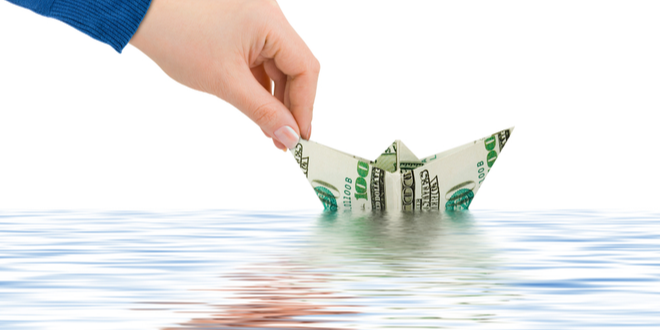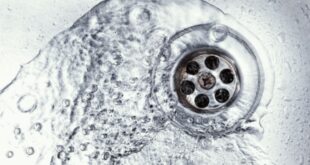Palmdale Water District (PWD) recently announced they received a $5 million grant from the Bureau of Reclamation to convert the century-old Palmdale Ditch to a closed pipeline.
Conversion of the open and unlined portions of the ditch would prevent water loss due to seepage, evapotranspiration and overspill. It also would increase water flow from the Littlerock Reservoir to Lake Palmdale, where water is stored before being treated and delivered to customers.
“It is exciting because this will help maximize our local surface water by having a pipeline run the length of the Palmdale Ditch,” said PWD Engineering Manager Scott Rogers. “There are numerous benefits in addition to preventing water loss. It’ll also be a lot safer for the crew to maintain the ditch and will drastically reduce sediment entering the lake from the ditch.”
The funding is from the Bureau of Reclamation’s WaterSMART Program: Water and Energy Efficiency Grants. Under the grant agreement, PWD will need to secure another $17 million for the entire ditch conversion project and complete it over the next three years.
Currently, about 6.7 miles of the 8.5-mile ditch are open and exposed. The remaining lengths are enclosed in pipes, tunnels and culverts. Much of the length of the ditch, which was originally constructed in the 1880s, has a dirt bottom. The District has installed geosynthetic clay liners on parts of the ditch to prevent water seepage, but it is not a long-term solution. Although water loss varies annually depending on the weather, the average loss is 25%. Since 2010, the average water loss has been about 800 acre-feet annually, or enough water for 1,372 Palmdale households with four people.
A closed pipe would allow for the flow rate of water from the Littlerock Reservoir to reach 60 cubic feet per second (cfs) rather than the current 20 cfs.
“In a year like this when there is so much water at the Littlerock Reservoir, a pipeline would allow us to fully utilize the 5,500 acre-feet of water we’re entitled to,” Rogers said. “We’ll be able to capture more of this less costly water, which will save money for our customers.”
 California Water News Daily Your Source For Water News in California
California Water News Daily Your Source For Water News in California


